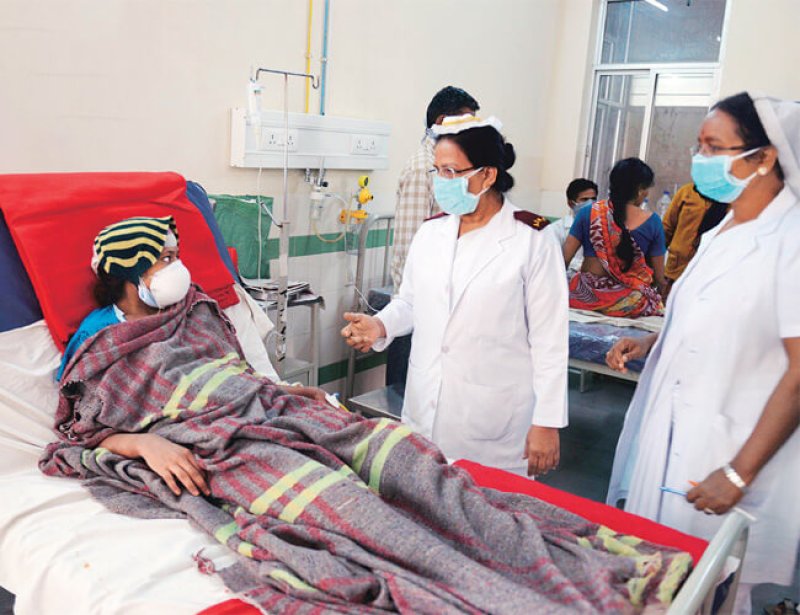The scientific textbook depiction of the flu virus is about to get a facelift, due to a University of Pittsburgh School of Medicine team’s discovery that a model of the influenza genome architecture untouched since the 1970s isn’t so perfect after all.
The discovery, reported online and in a print issue of the journal Nucleic Acids Research, reveals loopholes in the way the virus packages its genetic material. When one strain of flu co-mingles with another strain inside a cell, these loopholes allow the viruses to swap genetic material and give rise to new strains of flu. Knowing these loopholes and how they interact with each other could give scientists the opportunity to better predict pandemics and find new ways to disrupt the flu virus.
…
“The reason no one’s uncovered this yet is because we all took for granted that 50-year-old research on the genome architecture, which looked really nice and had an easy explanation, was the full story. It shows that if we don’t constantly resample and question scientific dogma, we could miss a big opportunity,” [said senior author Seema S. Lakdawala, Ph.D., assistant professor in Pitt’s Department of Microbiology & Molecular Genetics.] [The original study can be found here]
The GLP aggregated and excerpted this blog/article to reflect the diversity of news, opinion, and analysis. Read full, original post: 50-year-old flu virus model revamped, revealing pandemic prediction possibilities































